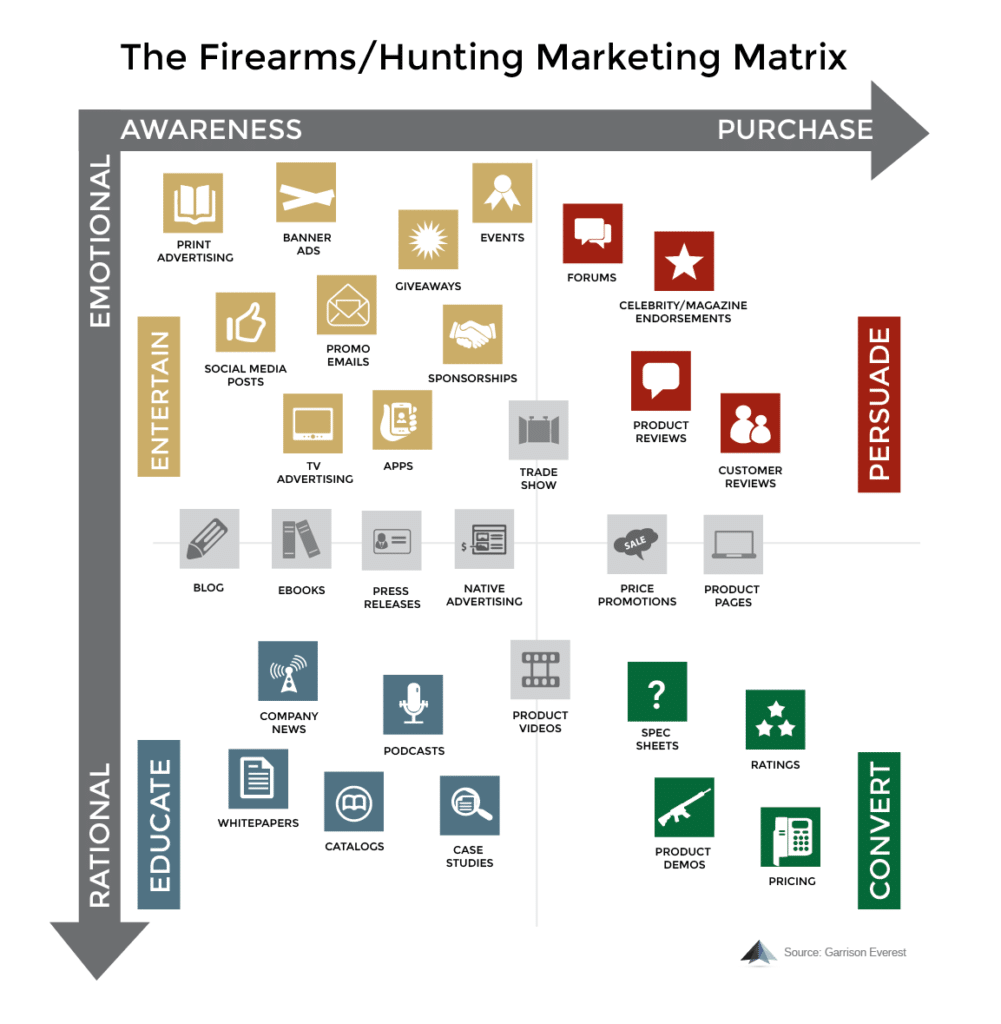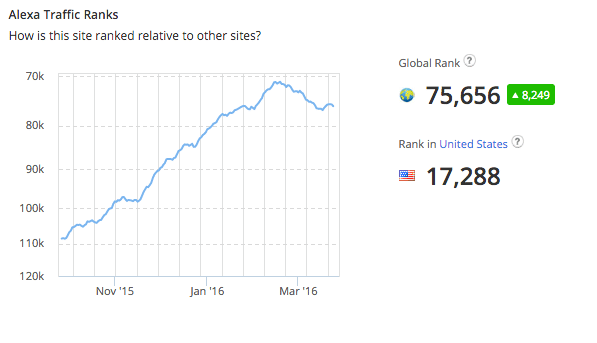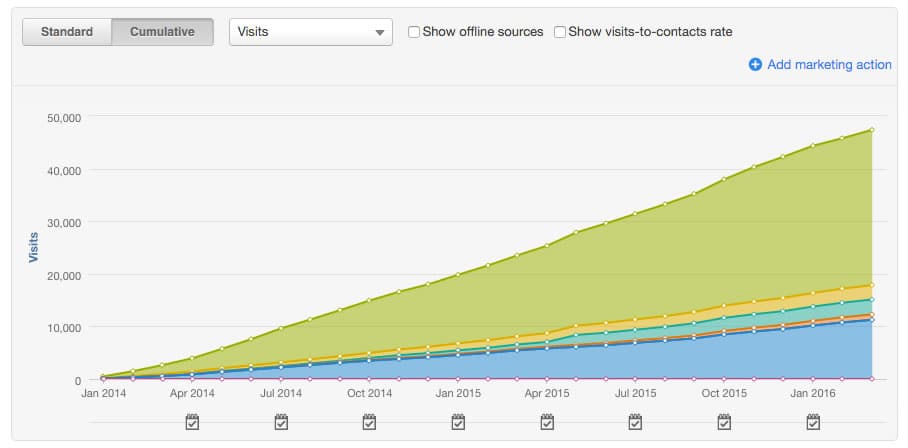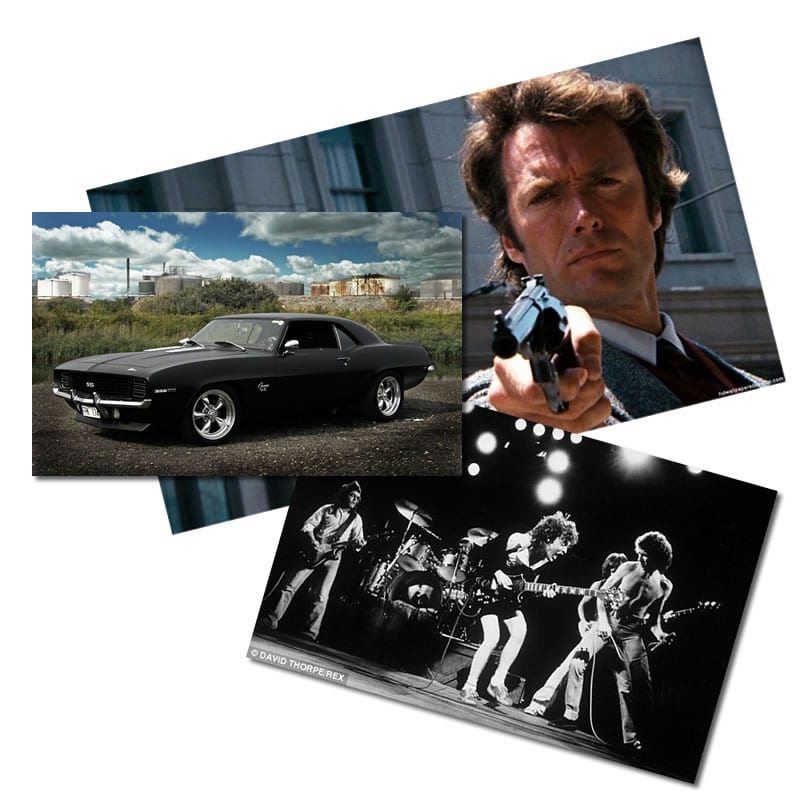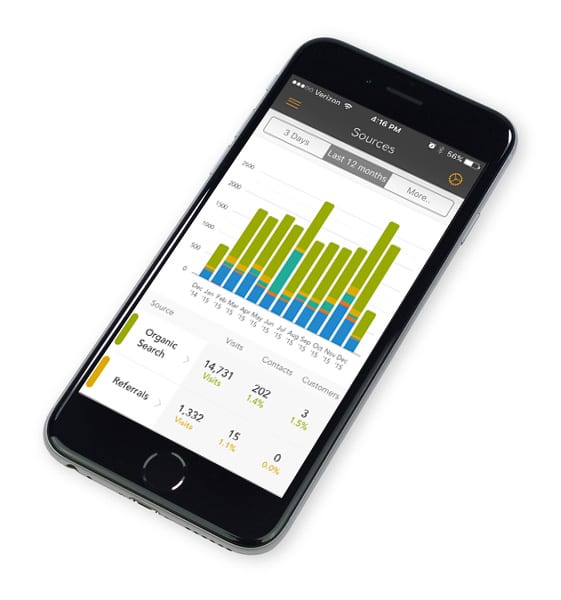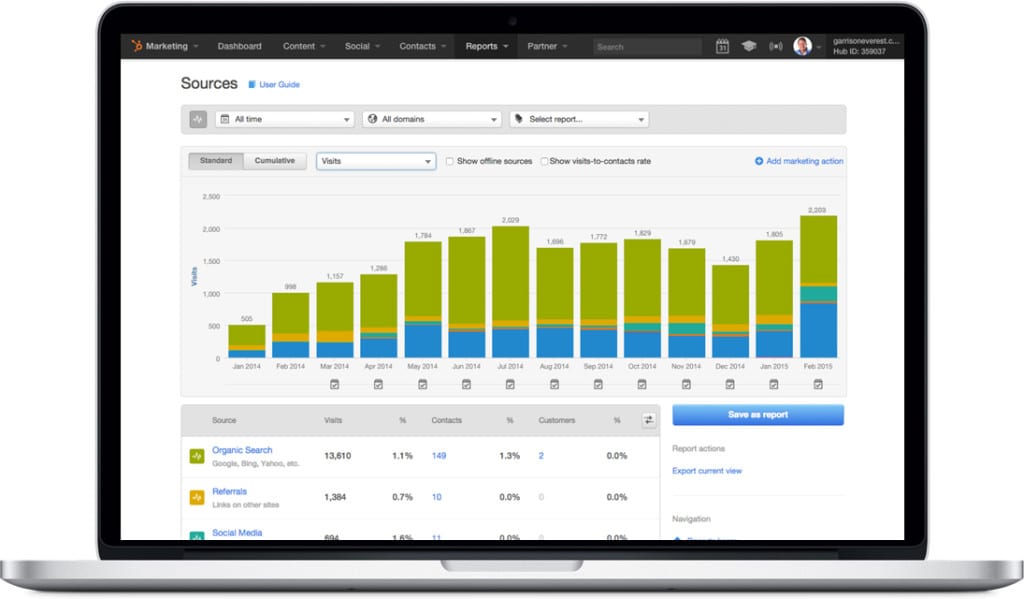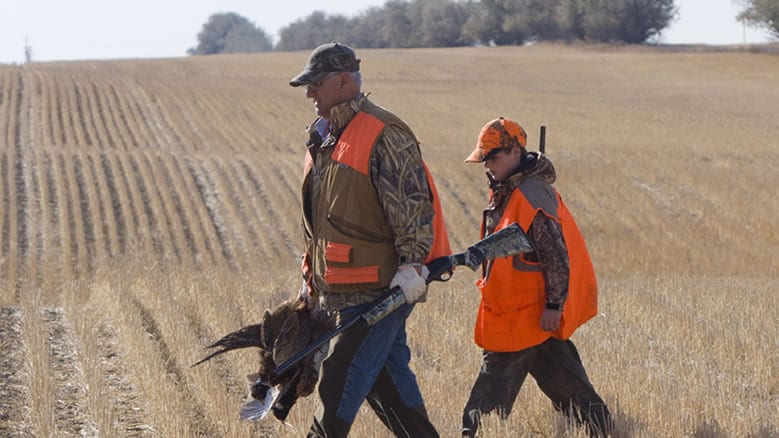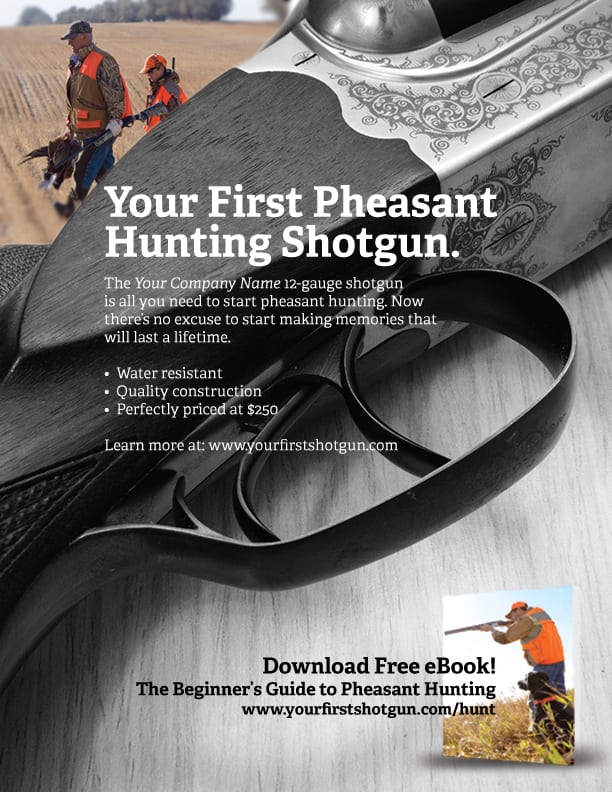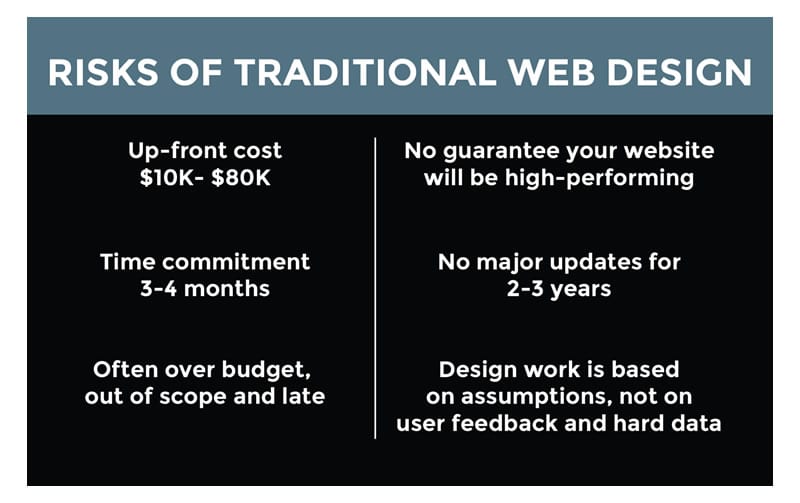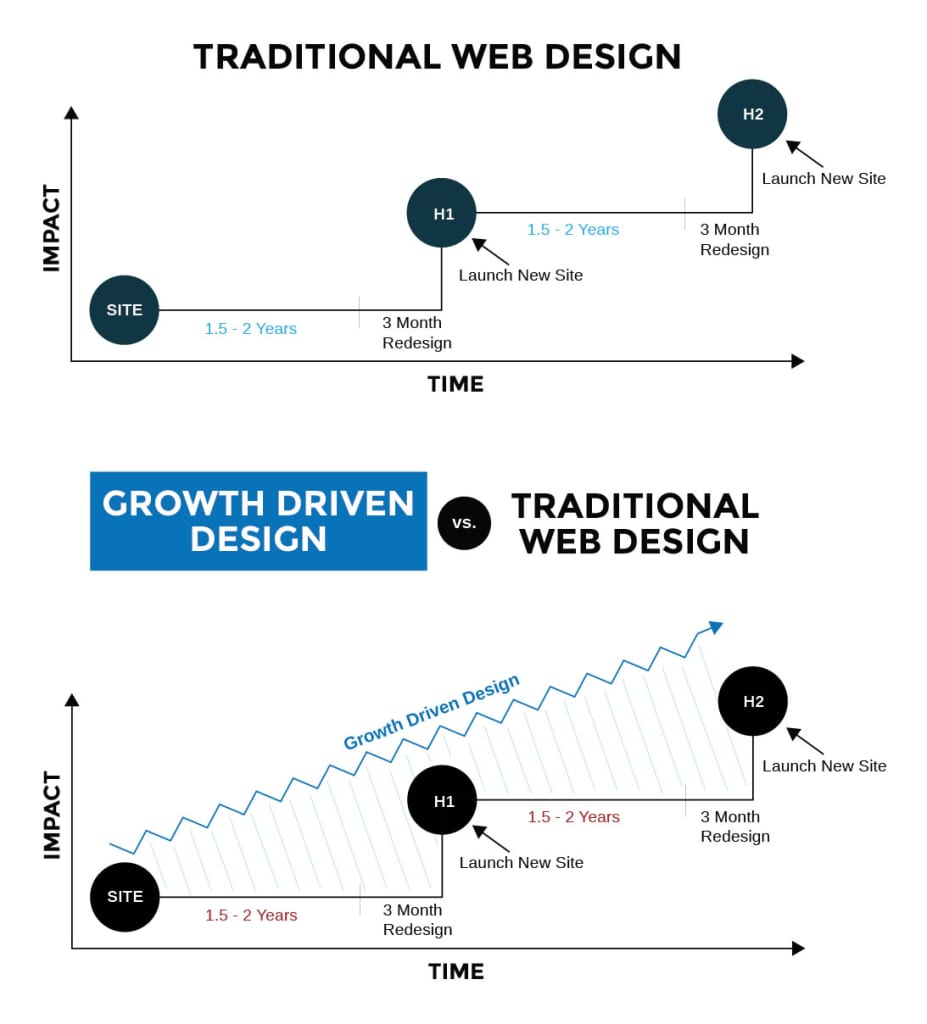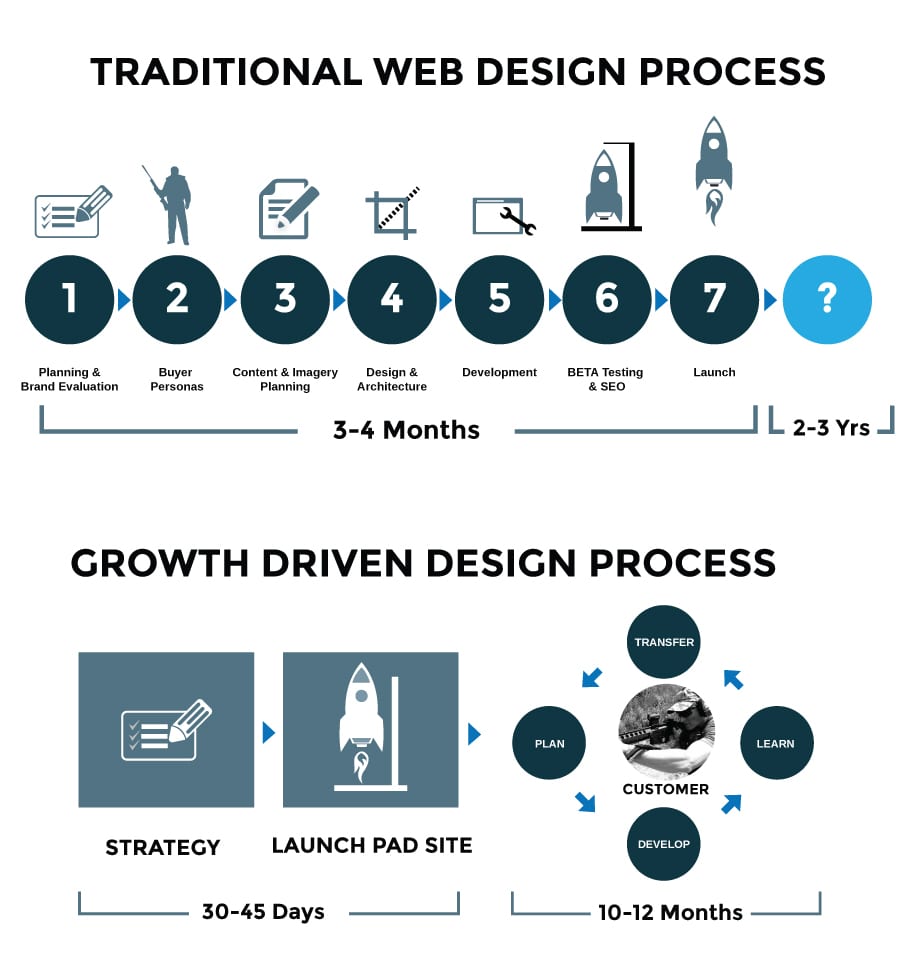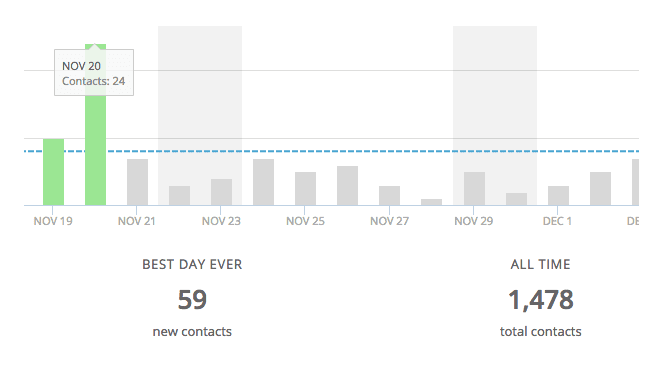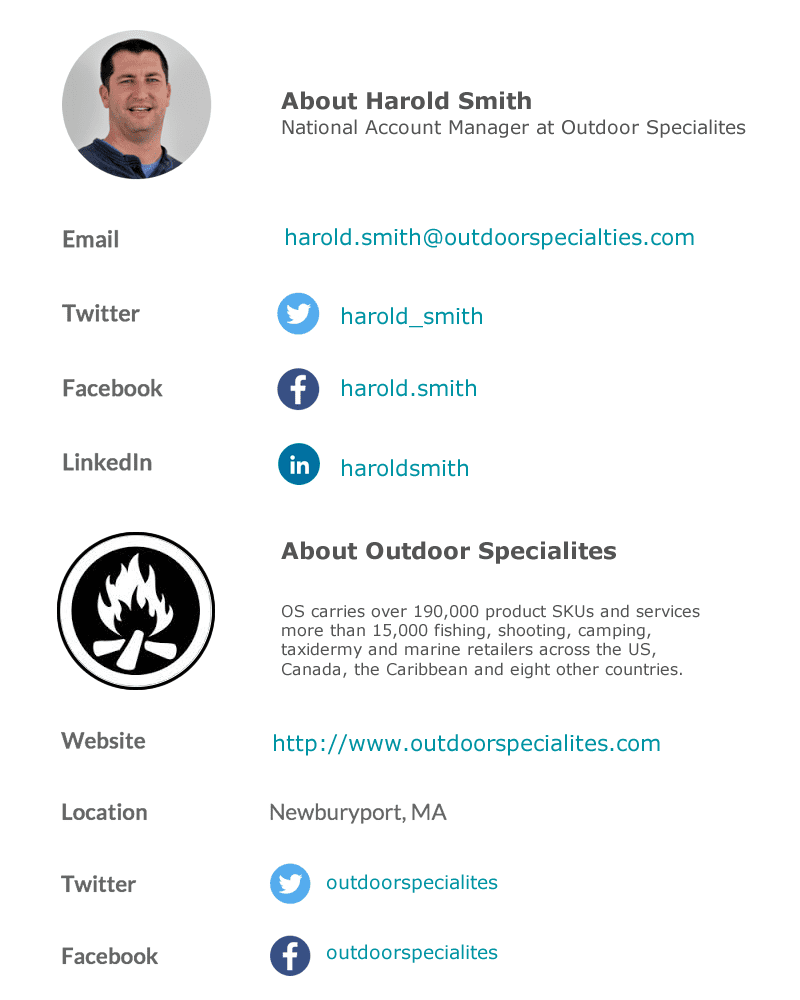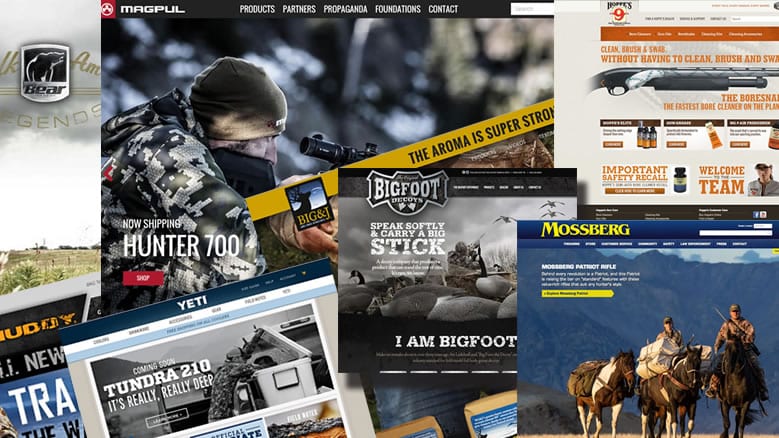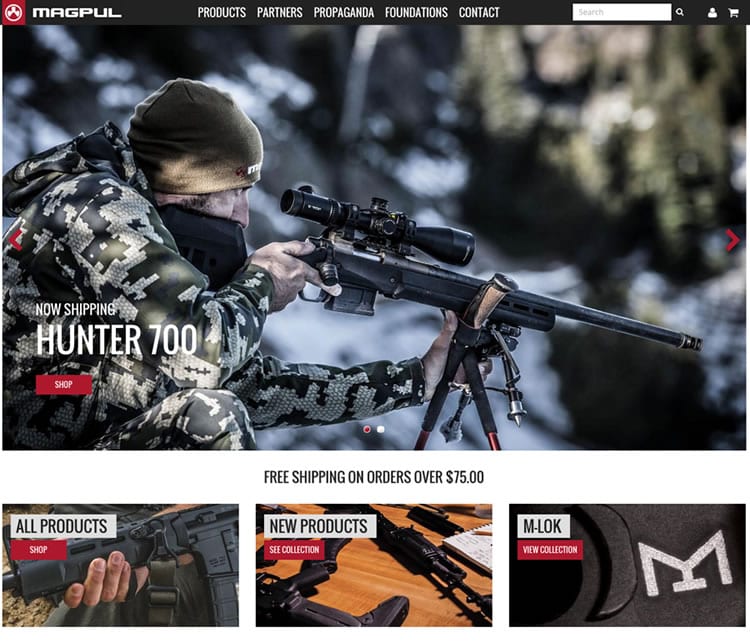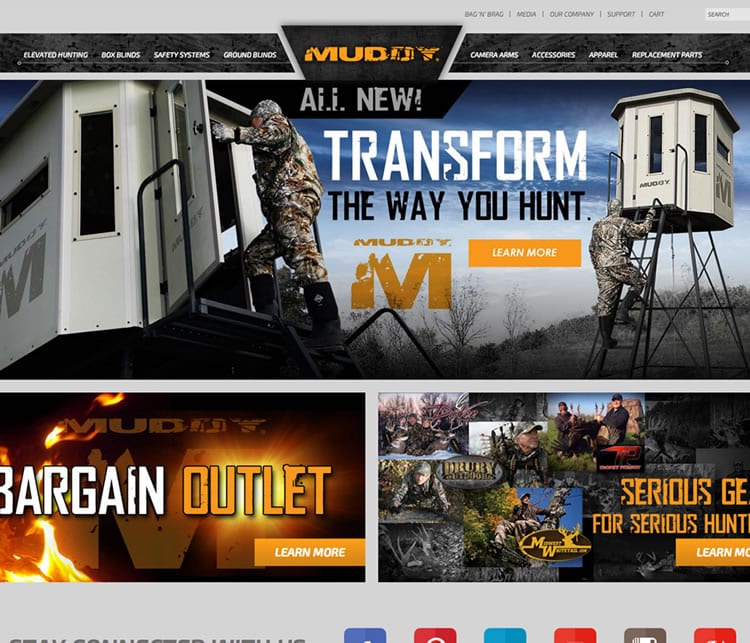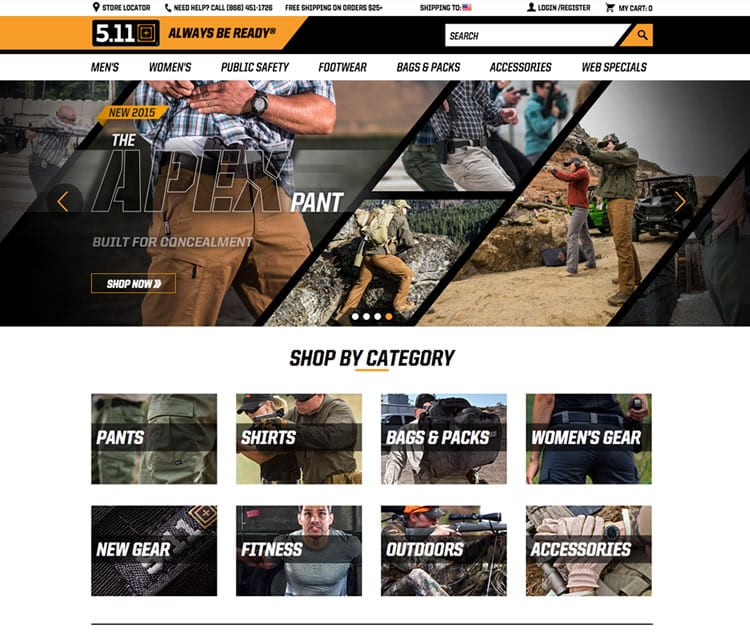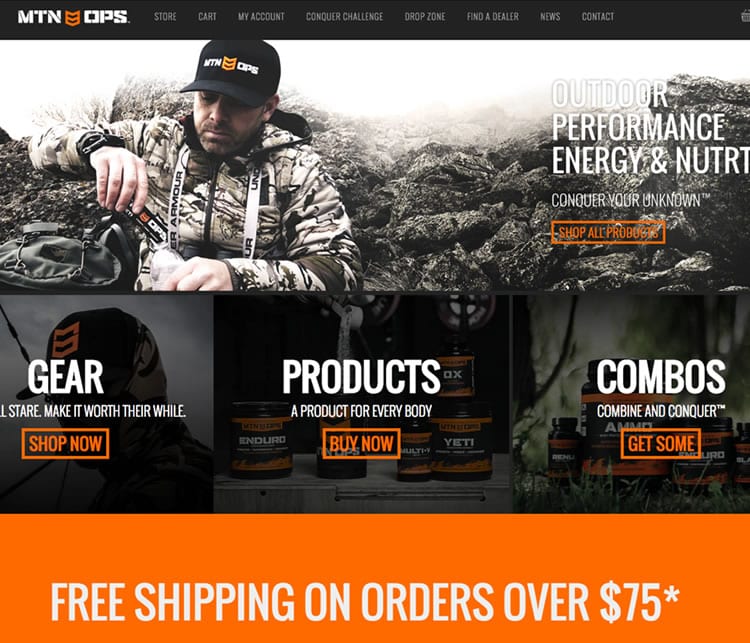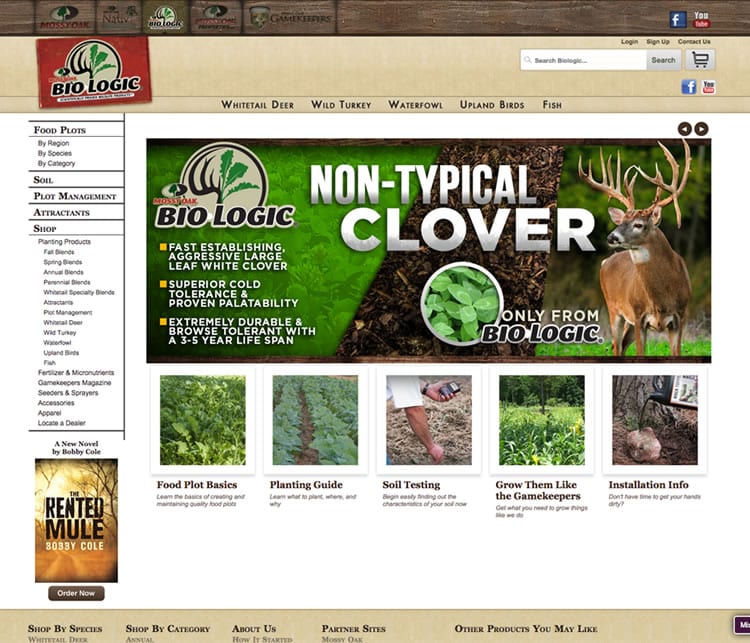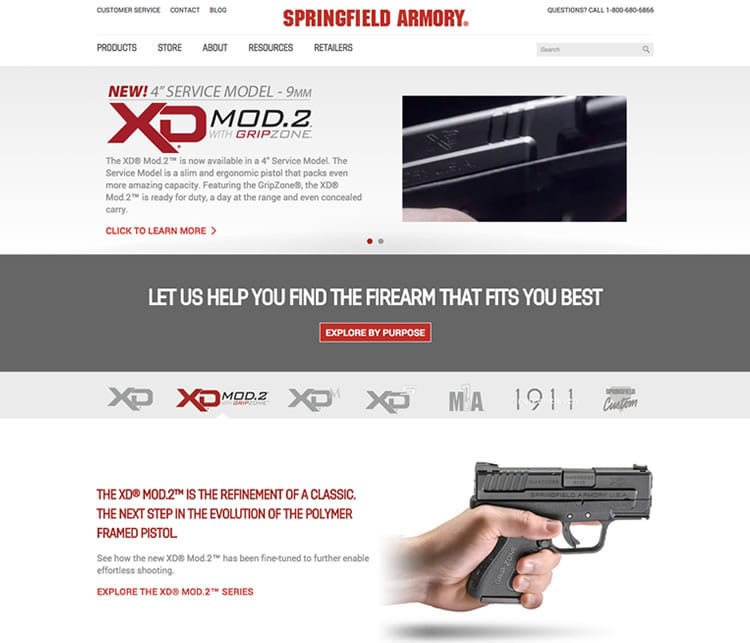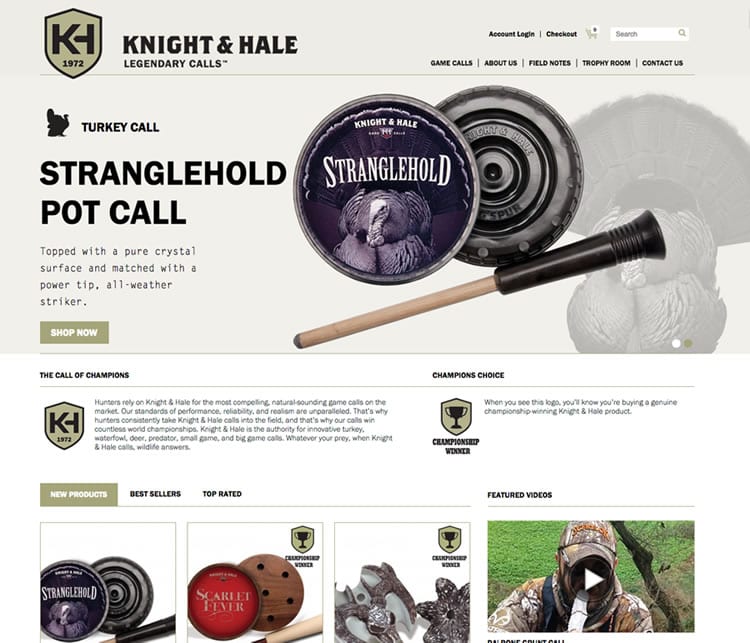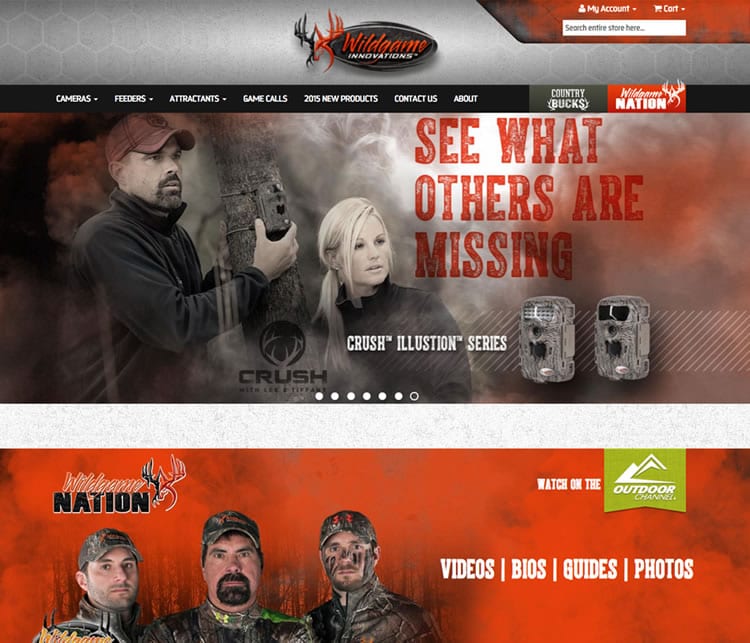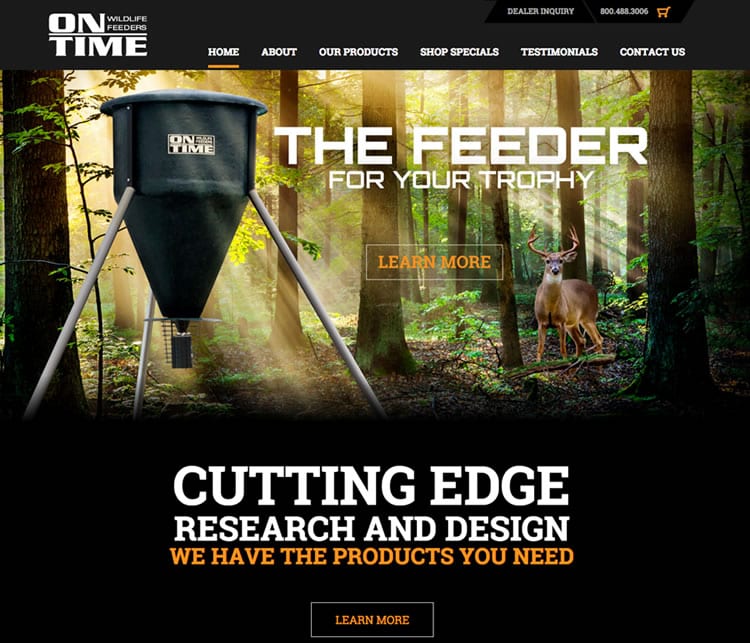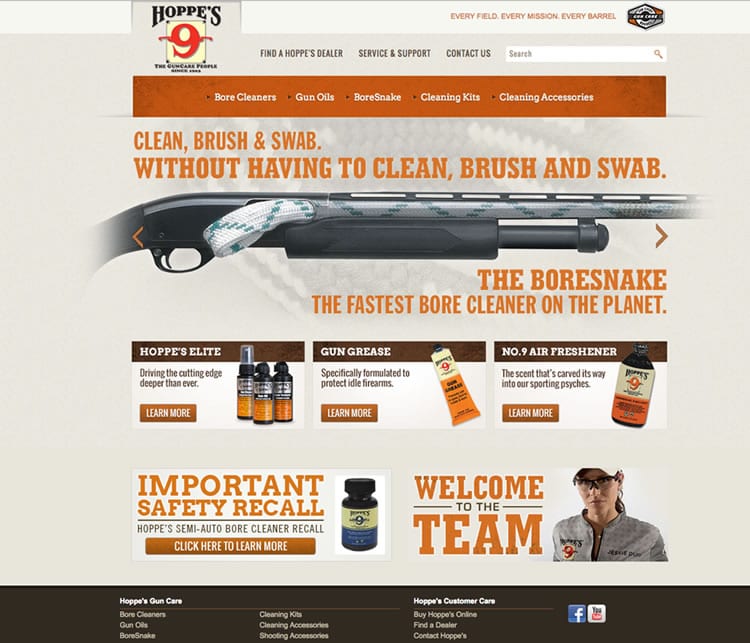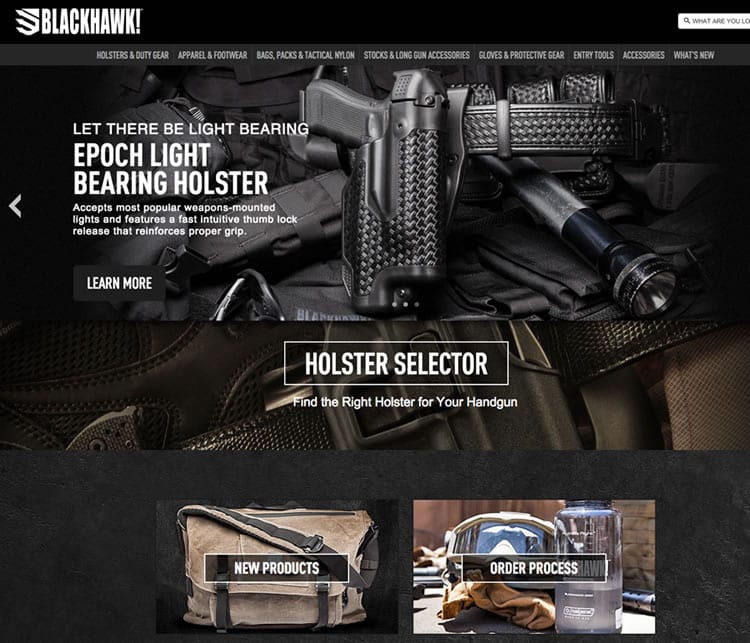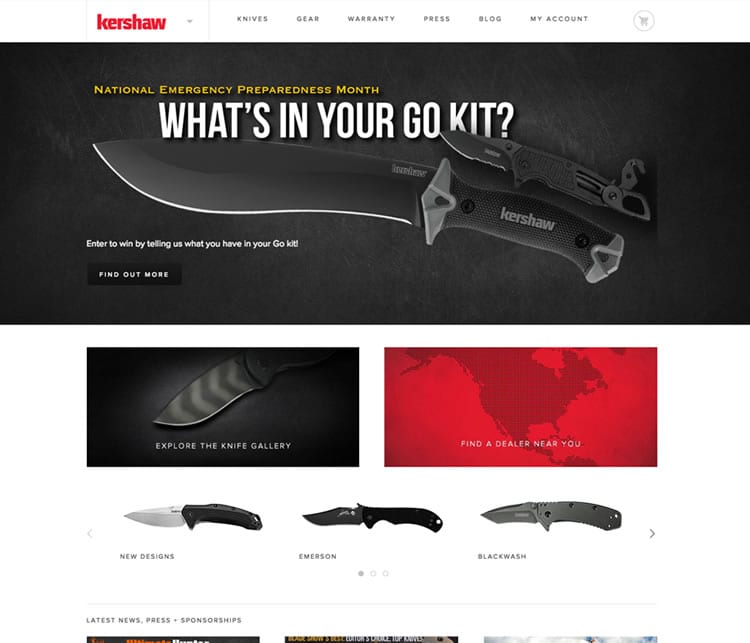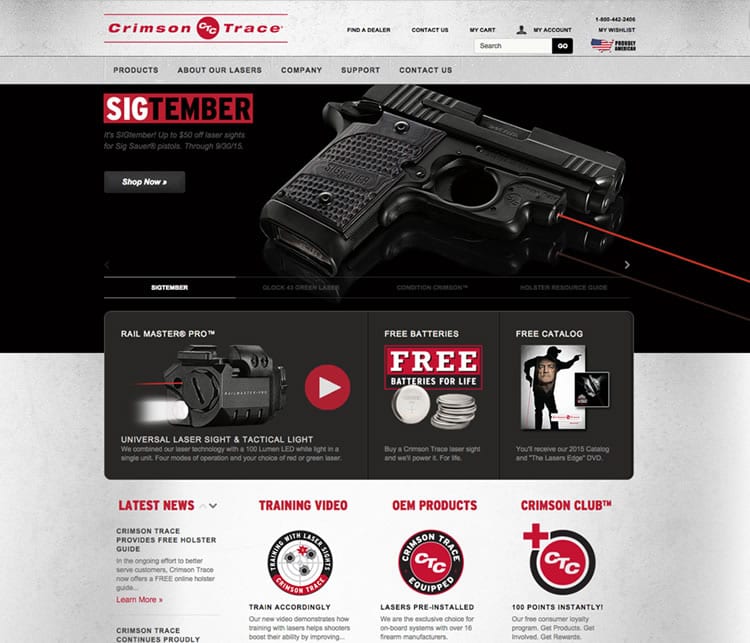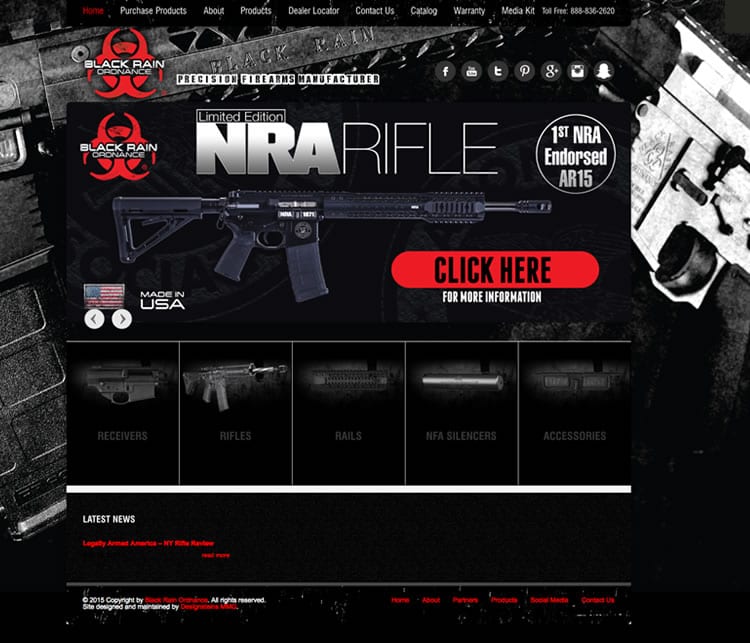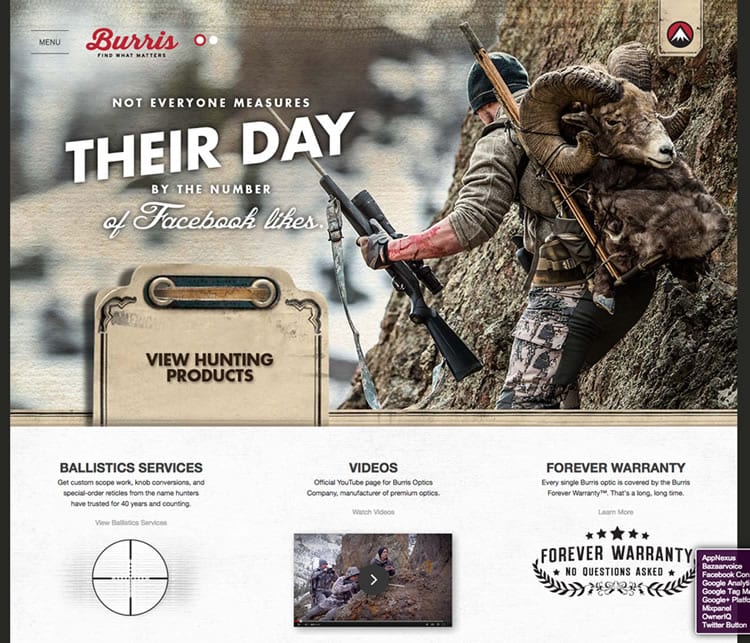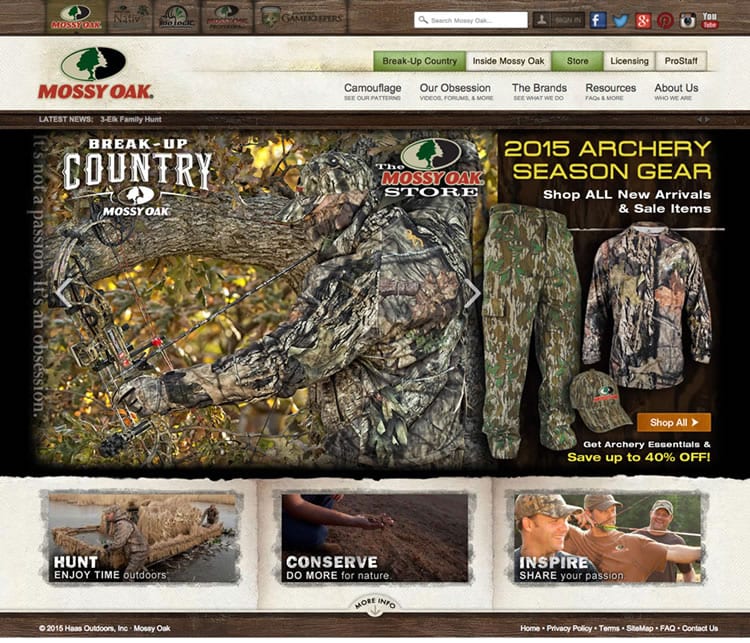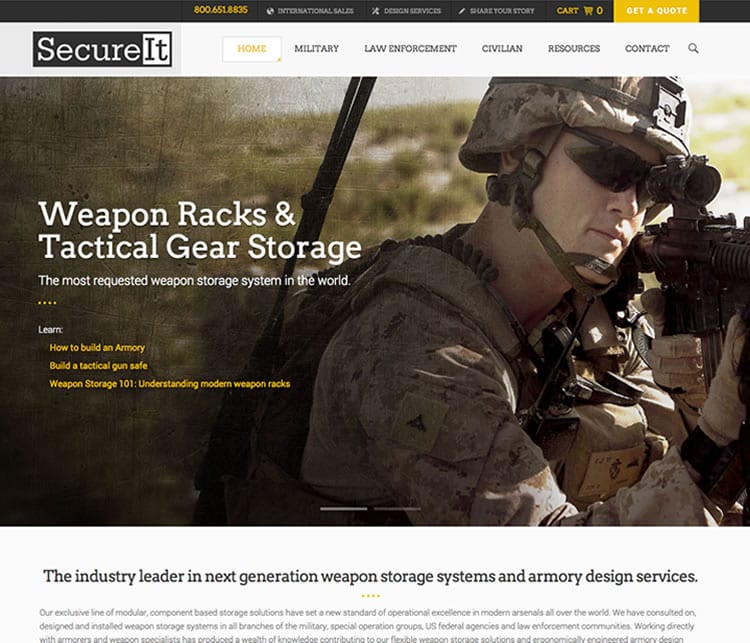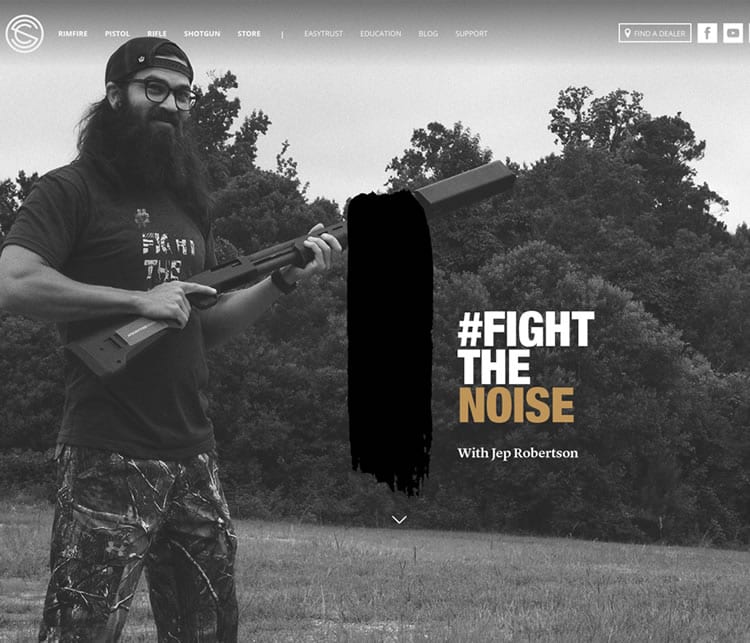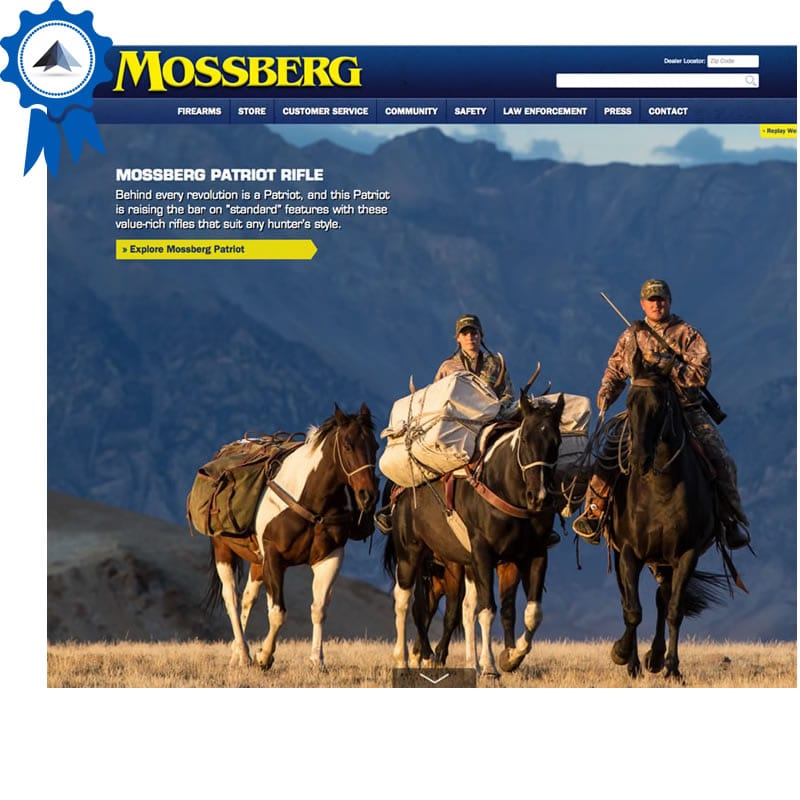
If you’re one of those brands that work within the heavily saturated and competitive AR, optics, suppressors, hunting or concealed carry categories—an inbound marketing as a standalone strategy may not be enough for your brand to break through the clutter and stand out in a timely manner.
Inbound marketing takes time to build—but with the help of outbound marketing tactics—results can be accelerated. We all know that outbound ad spend is still a “needed” channel within the industry—but with the future belonging to those who are going digital, some brands getting to the game late will need to play a little catch-up as discussed in my last article about native advertising.
In this post, I want to discuss how familiar outbound tactics like PPC (pay-per-click) can accelerate your inbound marketing efforts to bust through the clutter and supercharge your inbound marketing program.
1. Inbound marketing takes a long time
In the beginning, an inbound marketing program works like a slow moving train. When it leaves the station, it’s moving at a snails pace, but over time—as your efforts gain momentum— traffic, leads, and sales start to pick up speed that produces long lasting results. Typical inbound marketing campaigns can take up to 9-12 months to achieve their full potential, especially if you’re starting from scratch. This is partly due to the strategic nature involved in creating relevant and educational content about your products and the time it takes for Google to index and rank those helpful blog articles. When inbound is fully implemented—meaning you’ve built out your sales funnel, have at least 10-15 offers, 30-50 good optimized blog articles and lead capturing workflows—it puts your brand on the fast track to real marketing efficiency. But sometimes your marketing can’t wait that long—the VP of Marketing wants results now. This is where outbound comes in and acts like an accelerator.
2. Use outbound tactics to accelerate your inbound marketing efforts
Unfortunately, for most hunting and firearm brands, Google, Instagram and Facebook PPC are not reliable (or available) options for marketers looking to purchase ad space due to these networks’ ban on firearm related products. Plus, some of these methods may cannibalize your dealers marketing efforts and relationships.
However, by advertising your content instead of your product as a way to attract prospects, drive website traffic, leads and subscribers—you can bypass some of these restrictions altogether. Or in other words, instead of being found organically through a keyword search or a Facebook post, you can advertise your content instead of “pushing” your product directly. See the ad by Amtech suppressors.
By placing paid or earned media, you can add a boost to your campaigns, test messages and get results faster.
3. Use the firearms marketing matrix to understand how inbound/outbound work together
A lot of times we get fixated and stuck on old strategies that are losing their effectiveness, and can’t see the full picture of what an integrated strategy of inbound and outbound looks like.
The below graphic titled the “Firearms/Hunting Marketing Matrix” gives a good visual on how to visualize the pieces on how your outbound and inbound fit together.
This visual was inspired by this matrix by First10 and Smart Insights.
Due to the experiential nature of the shooting, hunting, and firearms industry, a lot of attention and money is invested in the entertainment quadrant of the matrix. Print, social media, T.V. advertising, apps, etc., all provide the “emotional” component of your marketing strategy to gain awareness but lack the “rational” component for your buyer to make an informed decision and trust your offering.
To break through people’s ad blockers and move your prospect(s) to the convert stage more efficiently, a “rational” inbound component is needed to educate your prospect(s). By having the right mix of inbound and outbound content, you are accelerating your marketing efforts that give you the cold hard data you need to make better “entertainment” marketing decisions.
In conclusion, if you’re stuck in a highly competitive category and looking to turn on the benefits of an inbound marketing strategy but need to start showing results sooner rather than later, consider budgeting outbound ad spend that drives traffic to your blog posts and content offers to supercharge your results.



